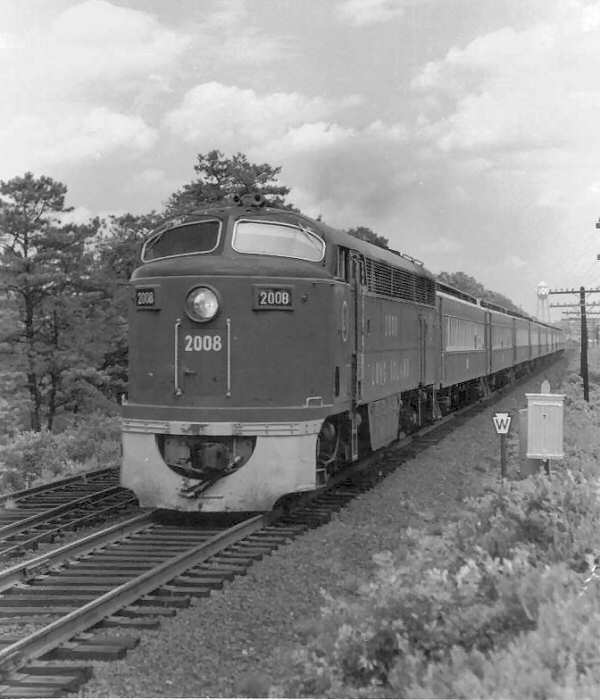by n2qhvRMLI
RR Chef,
We have a cast iron Keystone whistle sign in our collection, though not currently on display. To the best of my knowledge it was donated to the Museum from Long Island. A recent conversation that took place between a veteran engineer and a trainee (with the Keystone "W" sign on the table) included the observation that vandals could not knock over the old cast iron and heavy-wall pipe stantions used years ago, like they do with the wooden "W" signs today.
de Don N2QHV
We have a cast iron Keystone whistle sign in our collection, though not currently on display. To the best of my knowledge it was donated to the Museum from Long Island. A recent conversation that took place between a veteran engineer and a trainee (with the Keystone "W" sign on the table) included the observation that vandals could not knock over the old cast iron and heavy-wall pipe stantions used years ago, like they do with the wooden "W" signs today.
de Don N2QHV
